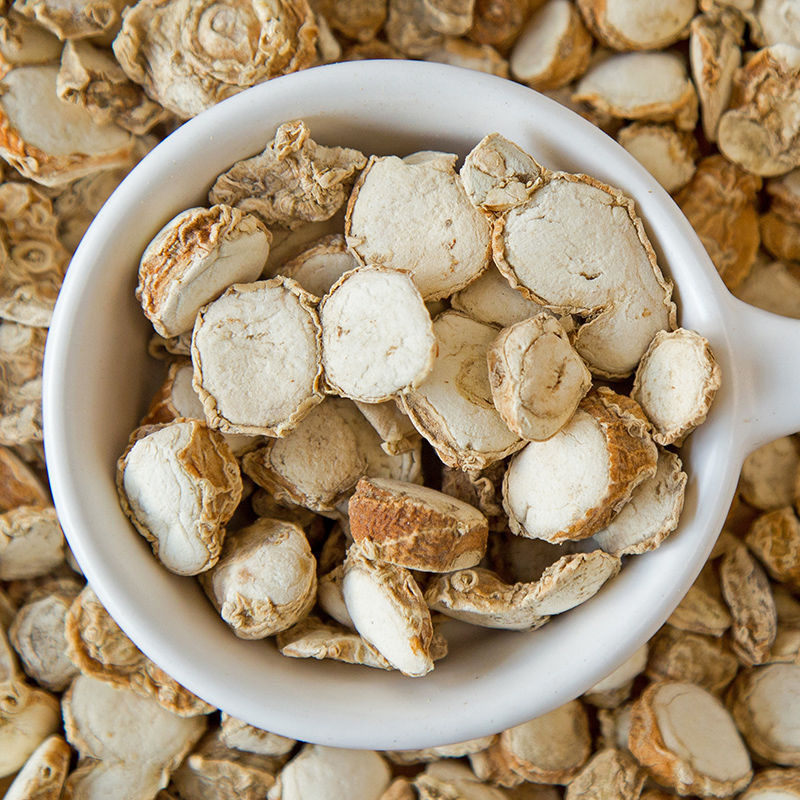Sand ginger, scientifically known as Kaempferia galanga, is a plant in the ginger family (Zingiberaceae) that is native to Southeast Asia. The rhizomes (underground stems) of sand ginger are used as a spice and in traditional medicine. Here are some key points about sand ginger:

1.Flavor and Aroma: Sand ginger has a warm, peppery, and earthy flavor with citrus undertones. It is less pungent than common ginger (Zingiber officinale) but shares some similarities in taste.
2.Culinary Use: The rhizomes of sand ginger are used as a spice in various Southeast Asian cuisines, particularly in Indonesia, Malaysia, and Thailand. It is often used in curry pastes, soups, stews, and traditional dishes to add a unique flavor.
3.Medicinal Uses: In traditional medicine, sand ginger has been used for its potential medicinal properties. It is believed to have anti-inflammatory, anti-bacterial, and digestive benefits. In some cultures, it has been used to treat various ailments.
4.Appearance: The plant has broad leaves and produces small, reddish-brown rhizomes. The rhizomes are the part used for culinary and medicinal purposes.
5.Other Names: Sand ginger is also known by various other names, including aromatic ginger, kencur (especially in Indonesian cuisine), and resurrection lily.
6.Usage in Spice Blends: Sand ginger is sometimes included in spice blends, adding its distinct flavor to dishes. It can be used fresh, dried, or in powdered form.
When using sand ginger in cooking, it's important to note that it has a unique taste compared to common ginger, and it can impart a special character to dishes. The rhizomes can be grated or ground before use. As with any spice or herb, the amount used can be adjusted based on personal taste preferences.